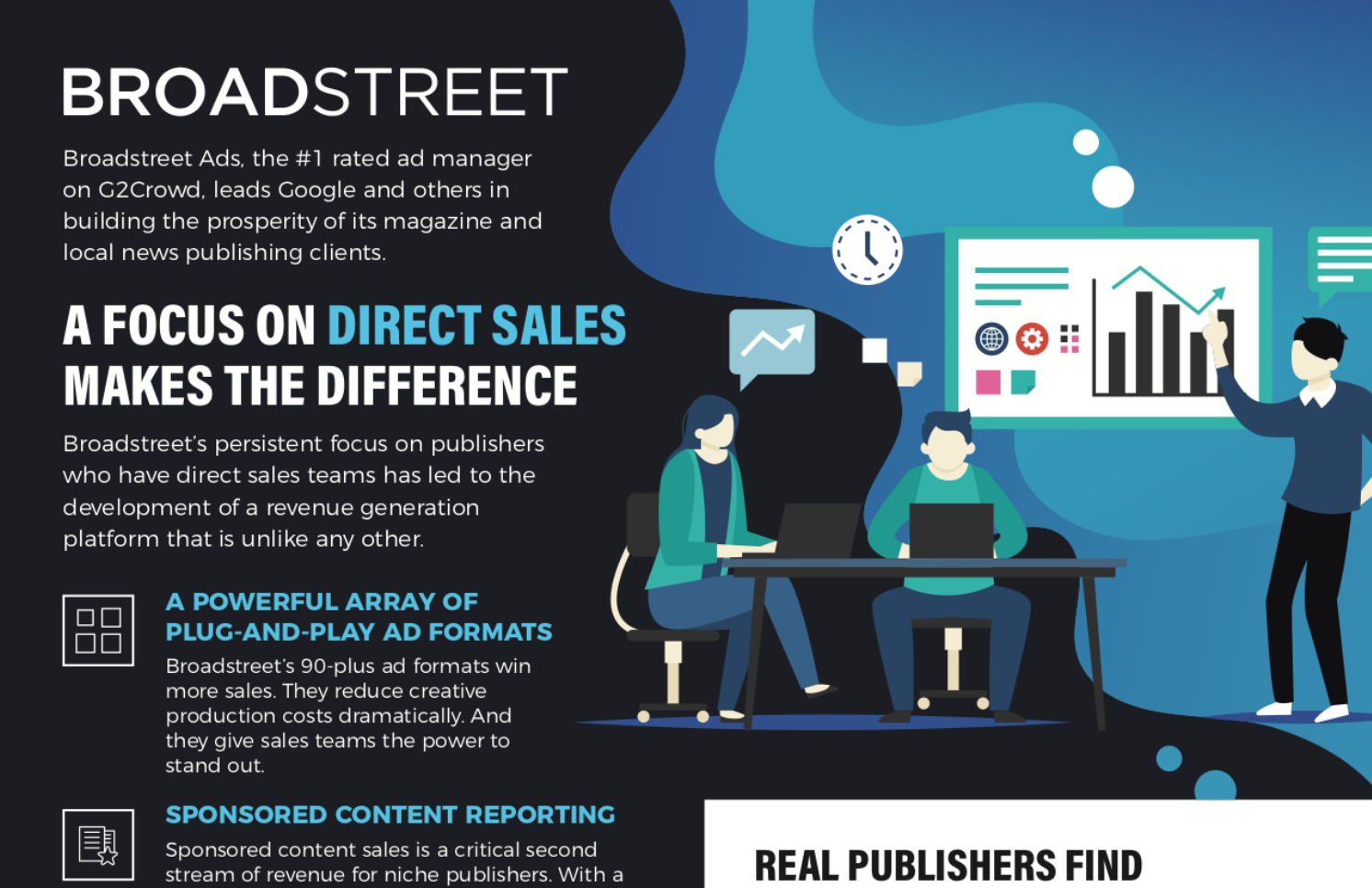How Hyperlocal and Magazine Publishers Monetize Newsletters
Email newsletters are a powerful tool for hyperlocal and magazine publishers. Not only do they serve as a way to drive website traffic and promote trending stories, but they’ve also become another venue for revenue. By monetizing newsletters, publishers are able to create a new stream of sustainable revenue and offer a product to advertisers that large technology giants like Facebook and Google just can’t match.
Email newsletters have been growing in popularity for the last decade, fueled in part by the information overload that consumers experience on a daily basis. Rather than clicking from platform to platform in search of the latest stories, readers who sign up for email newsletters let the stories come to them.
Each morning, publishers large and small send out email newsletters with links to the most important stories of the day. Readers have made these daily emails a part of their morning routines. That’s not just hyperbole. There’s actually data to back it up. According to MailChimp, a marketing automation platform that’s become popular among hyperlocal and magazine publishers, average email open rates for publishers are 22.14%, which is much higher than email open rates for marketers and advertisers.
When it comes to monetizing newsletters, it’s all about access. Access to readers interested in their local communities, access to consumers’ inboxes, and access to consumers’ mobile phone screens first thing in the morning.
Advertisers will pay a premium to get into a publisher’s newsletter, which is where having the ability to monetize newsletters comes into play.
In Ten Advantages: How Magazine and Hyperlocal News Publishers Will Win In the Era of Facebook and Google, newsletter sponsorships we named newsletter sponsorships one of the top competitive advantages for smaller publishers, and we provided examples of the different ways that publishers can leverage their newsletter inventory. These included:
• Selling newsletter space as a standalone product
• Selling newsletter space packaged together with display advertising
Despite all the advertising vehicles available to businesses today, there still aren’t many ways to get inside a consumer’s inbox. Being able to leverage a publisher’s newsletter list for marketing is incredibly powerful, making newsletter sponsorship packages an easy sell for local sales teams.
For one thing, newsletters are something that small business owners can understand. They’re as close as it gets to something tangible, like a print magazine or newspaper, in today’s digital world.
Monetizing newsletters means setting up the appropriate methods for tracking and reporting early on. It also means deciding on what type of packages the publisher will sell.
At Homepage Media Group, the marketing arm and parent company for hyperlocal news sites like Brentwood Home Page, advertisers can purchase horizontal units inserted in the header of the email newsletter, and again in between every few posts. Homepage Media Group manages these positions through the company’s adserver, with daily rotations.
ARLnow.com is another publisher that’s had success monetizing newsletters. The publisher, which serves up breaking news, weather, politics, and community happenings around Arlington, Virginia, has more than 9,500 newsletter subscribers. Advertisers have the ability to submit sponsored content that appears both on the ARLnow.com website and in an email newsletter.
What types of sponsored content works best in an email newsletter? Ideally, the content should be timely and relevant to the audience. For example, restaurant specials, previews of upcoming community events, and theater listings are all popular.
The ideal strategy when it comes to monetizing newsletters involves a combination of high-tech and low-tech solutions.
For example, automation is one of the keys to successfully monetizing newsletters. That could mean pulling in the most viewed stories each day or the most recently posted articles. Just as importantly, newsletter ads should be automated, as well. Publishers should be scheduling their ads to run ahead of time and planning for those ads to be reported on just like ordinary ads.
Email analytics can be useful as publishers learn more about what types of content their readers like to see and when they like to see it. Keep in mind, larger subscriber lists and higher open and click-through rates mean greater demand for newsletter sponsorship packages.
While some publishers sell newsletter ads via self-serve portals, the majority of hyperlocal and magazine publishers take a different route, relying on local sales teams to sell newsletter sponsorships and advertising packages as additional inventory when they pitch prospective clients.


